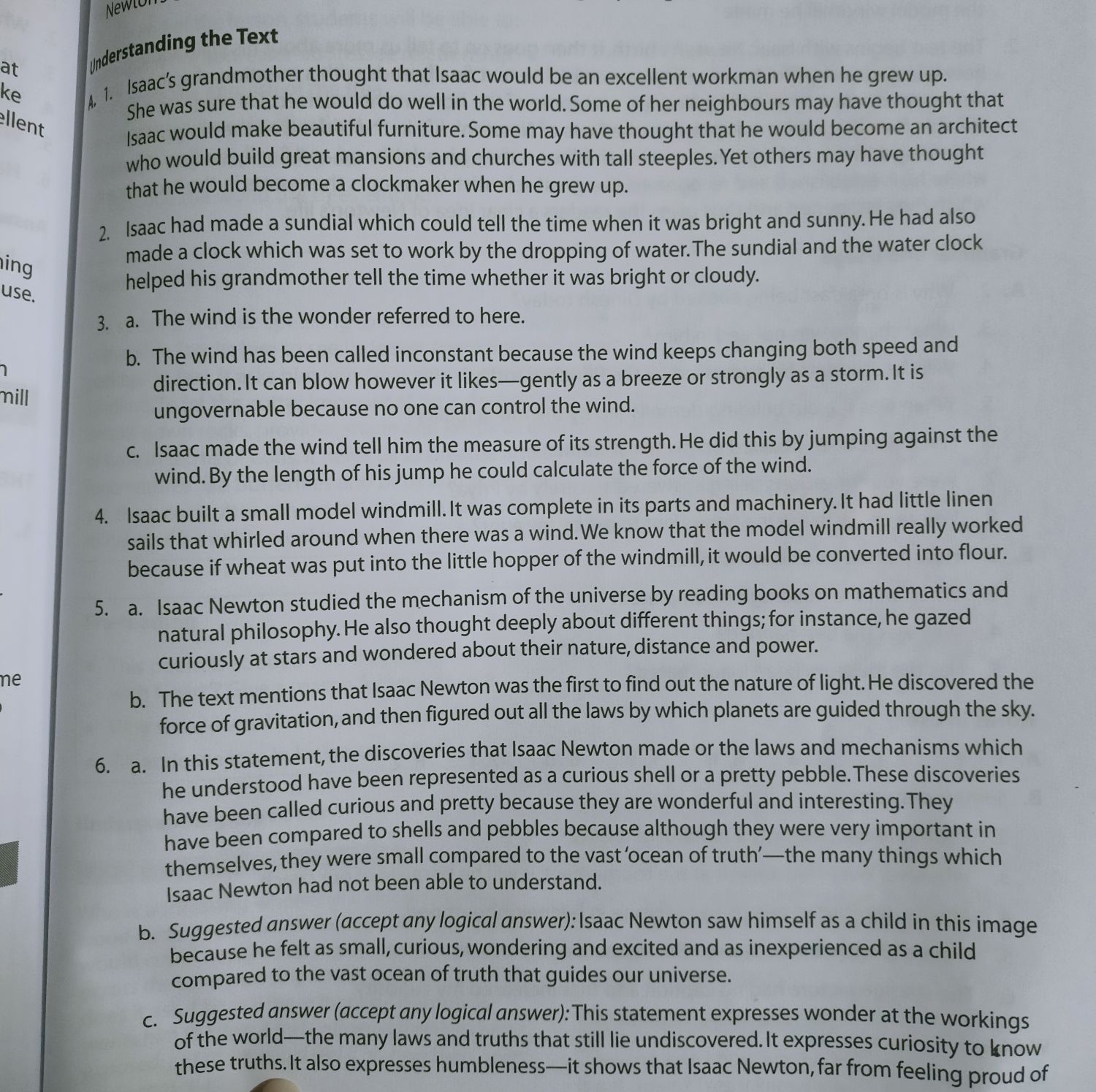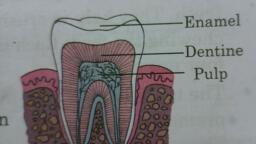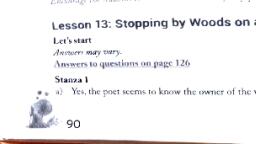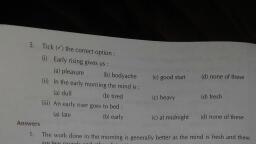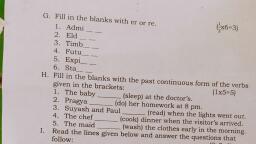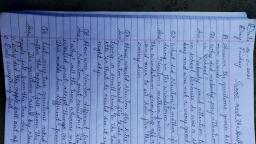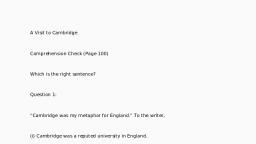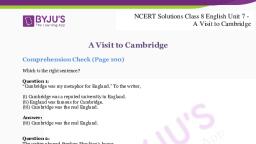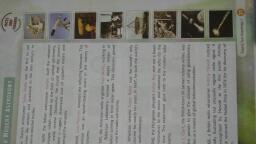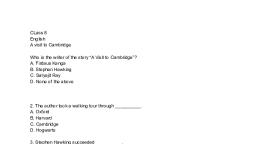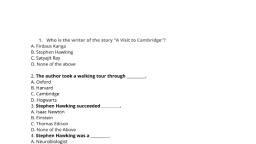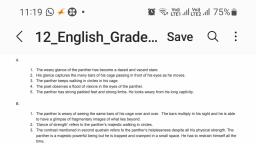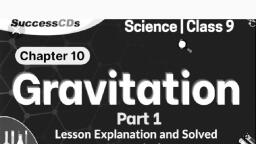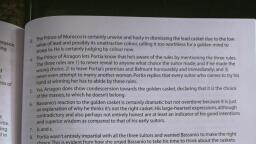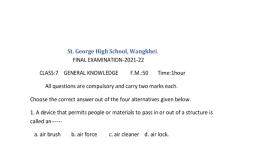Page 1 :
ing, Use,, , nill, , ne, , , , a, i [saac’s grandmother thought that Isaac would be an excellent workman when he grew up., " She was sure that he would do well in the world. Some of her neighbours may have thought that, , saac would make beautiful furniture. Some may have thought that he would become an architect, who would build great mansions and churches with tall steeples. Yet others may have thought, that he would become a clockmaker when he grew up., , Isaac had made a sundial which could tell the time when it was bright and sunny. He had also, made a clock which was set to work by the dropping of water. The sundial and the water clock, helped his grandmother tell the time whether it was bright or cloudy., , a. The wind is the wonder referred to here., , b. The wind has been called inconstant because the wind keeps changing both speed and, direction. It can blow however it likes—gently as a breeze or strongly as a storm. It is, ungovernable because no one can control the wind., , ¢. Isaac made the wind tell him the measure of its strength. He did this by jumping against the, wind. By the length of his jump he could calculate the force of the wind., , Isaac built a small model windmill. It was complete in its parts and machinery. It had little linen, sails that whirled around when there was a wind. We know that the model windmill really worked, because if wheat was put into the little hopper of the windmill, it would be converted into flour., , a. Isaac Newton studied the mechanism of the universe by reading books on mathematics and, natural philosophy. He also thought deeply about different things; for instance, he gazed, curiously at stars and wondered about their nature, distance and power., , b. The text mentions that Isaac Newton was the first to find out the nature of light. He discovered the, force of gravitation, and then figured out all the laws by which planets are guided through the sky., , a. In this statement, the discoveries that Isaac Newton made or the laws and mechanisms which, he understood have been represented as a curious shell or a pretty pebble. These discoveries, have been called curious and pretty because they are wonderful and interesting. They, have been compared to shells and pebbles because although they were very important in, themselves, they were small compared to the vast ‘ocean of truth’—the many things which, Isaac Newton had not been able to understand., , b. Suggested answer (accept any logical answer): |saac Newton saw himself as a child in this image, because he felt as small, curious, wondering and excited and as inexperienced as a child, compared to the vast ocean of truth that guides our universe., , 9, , Suggested ak (accept any logical answer): This statement expresses wonder at the worki, z the ae sg many laws and truths that still lie undiscovered. It expresses Curiosity to ow, these . It also expresses humb! —i :, , Pp leness—it shows that Isaac Newton, far from feeling proud of
